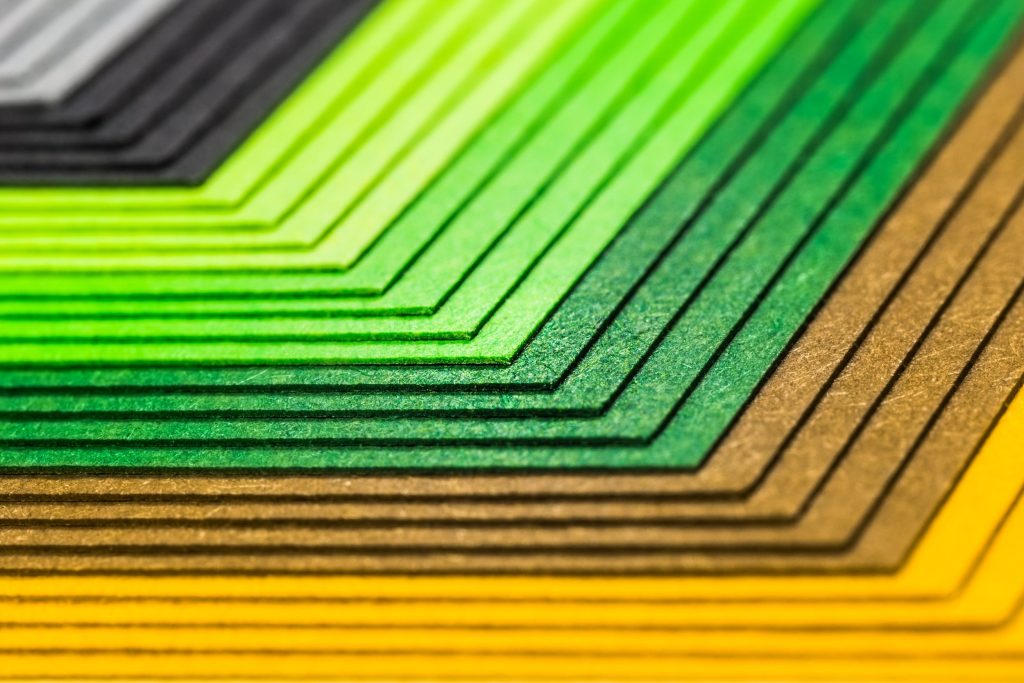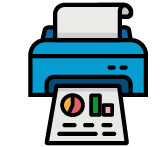
Choosing the best paper for printing depends on several factors, including the type of printer you’re using, the purpose of the print job, and the quality you’re aiming for. Here’s a guide to help you make the best choice:
1. Understand the Type of Printer
- Inkjet Printers: Inkjet printers work well with a variety of paper types, but glossy, matte, or coated papers often give the best results in terms of color vibrancy and sharpness.
- Laser Printers: Laser printers require paper with smooth surfaces to prevent the toner from smudging. Typically, laser printers work well with uncoated or lightly coated paper types.
- Specialty Printers (e.g., photo printers): These printers often require high-quality photo paper for the best results in print resolution and color reproduction.
2. Determine the Print Purpose
- Text Documents: For regular text documents, you can opt for a standard copy paper, which is often 20-24 lb (75-90 gsm). It’s affordable and works well for everyday printing.
- Photos and Graphics: If you’re printing photos or high-quality images, choose glossy, satin, or matte photo paper. The weight and finish of photo paper can enhance the color depth and clarity of images.
- Presentations & Brochures: If you’re printing for business purposes, select a heavier paper, typically in the 32-100 lb (120-250 gsm) range, with a smooth or satin finish. This gives your prints a professional look.
- Crafts and Special Projects: For projects like scrapbooking, invitations, or greeting cards, heavier paper like card stock (65-110 lb/176-298 gsm) works well.
3. Paper Weight and Thickness
- Lightweight Paper (20-24 lb / 75-90 gsm): Good for text-heavy documents and everyday printing.
- Medium Weight Paper (28-32 lb / 105-120 gsm): Suitable for presentations, newsletters, or any document where you want to give a slightly more premium feel without going too heavy.
- Heavyweight Paper (65-110 lb / 176-298 gsm): Great for business cards, posters, or projects where a thicker, more durable paper is needed.
4. Paper Finish
- Glossy: This finish gives prints a shiny, reflective look and is great for photo prints or high-quality graphics. However, it may show fingerprints easily and is not ideal for text-heavy documents.
- Matte: Matte paper has a smooth, non-reflective finish. It is perfect for documents with a lot of text or where readability is essential. It also provides a more professional, muted finish for photos and graphics.
- Satin or Semi-Gloss: This finish offers a balance between glossy and matte, providing some sheen without being too reflective. It’s ideal for photographs and brochures.
- Uncoated: Paper without a coating, often used for regular office paper, letterheads, or notepads. It’s easier to write on, but it may not produce the sharpest images.
5. Color and Brightness
- Brightness: Higher brightness (90-100) gives better contrast and makes text more readable. For professional print jobs, higher brightness is often preferred.
- Color: For text-based documents, white or off-white is ideal. For photos or colorful prints, consider bright white or even slightly cream-colored paper for warmer tones.
6. Consider the Paper’s Environmental Impact
- If you’re concerned about sustainability, look for recycled paper options or paper made from sustainably sourced wood.
- FSC Certified Paper: This ensures that the paper comes from responsibly managed forests.
7. Test Different Papers
If you’re unsure about the best paper for your needs, consider testing a few types. Many paper manufacturers offer sample packs, which can help you compare textures, weights, and finishes before making a final decision.
Summary of Paper Types:
| Purpose | Paper Type | Weight (lbs/gsm) | Finish |
|---|---|---|---|
| Text Documents | Copy paper | 20-24 lb (75-90 gsm) | Uncoated |
| Photos & Graphics | Photo paper | 24-100 lb (90-250 gsm) | Glossy, Matte |
| Brochures/Presentations | Textured or smooth paper | 32-80 lb (120-200 gsm) | Satin, Matte |
| Invitations & Cards | Card stock | 65-110 lb (176-298 gsm) | Matte, Textured |
By matching your paper choice to your printer type, printing purpose, and the desired finish, you can ensure your prints come out looking sharp and professional.
